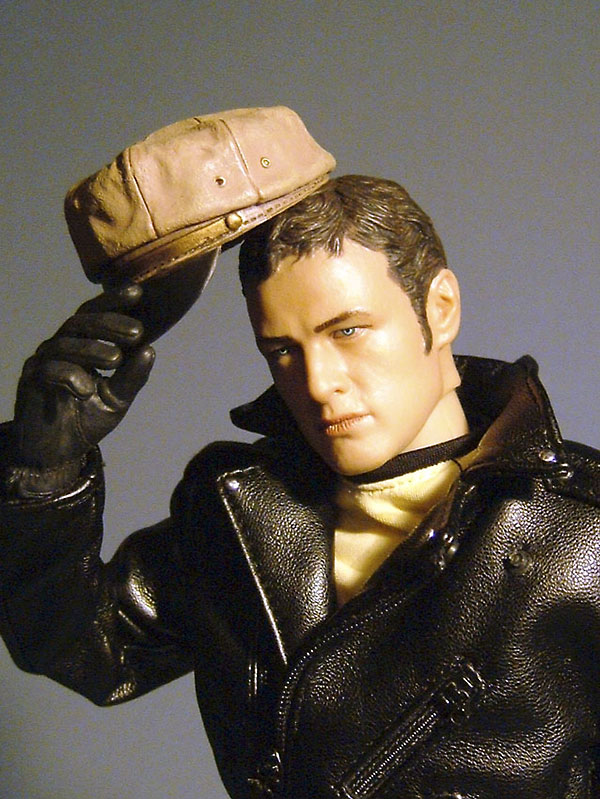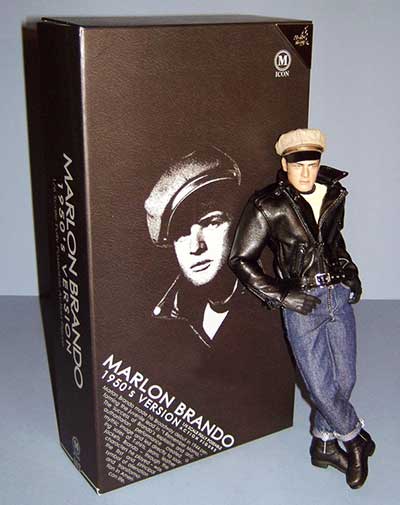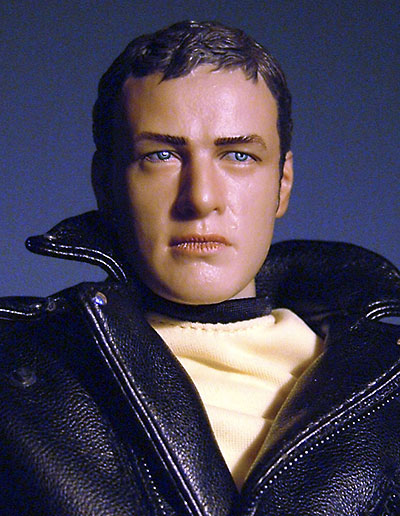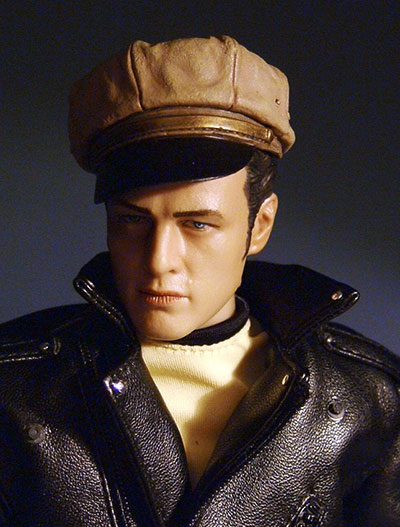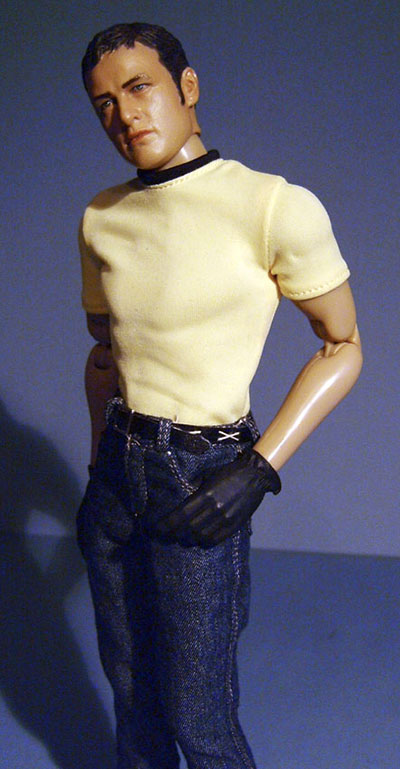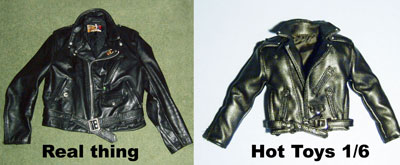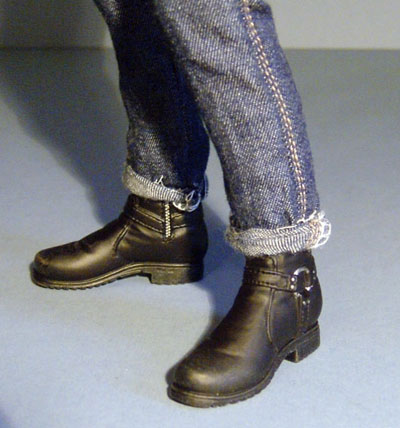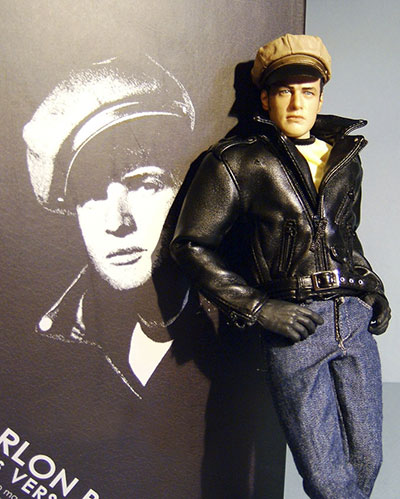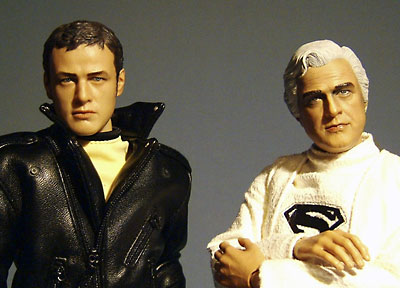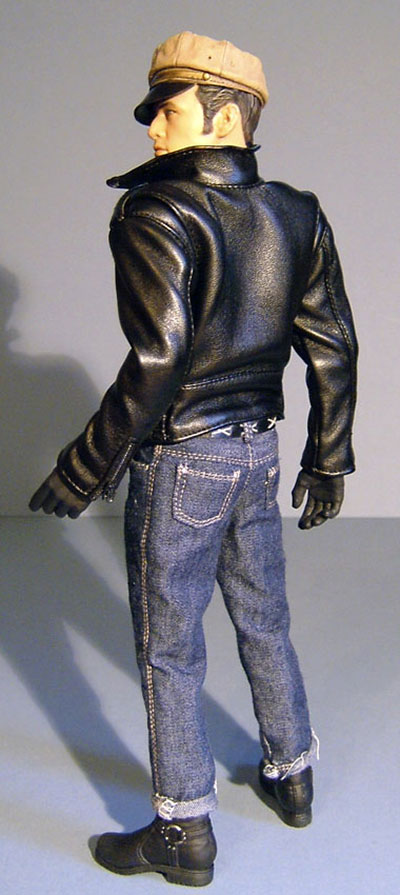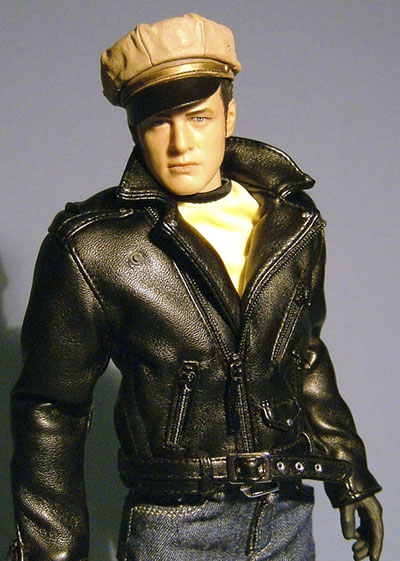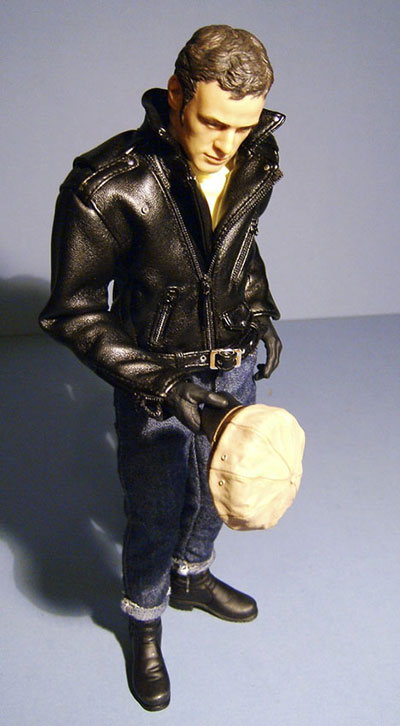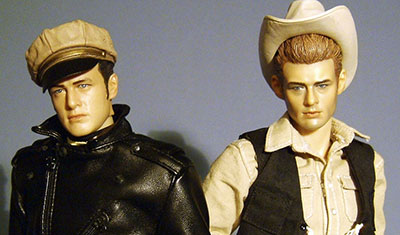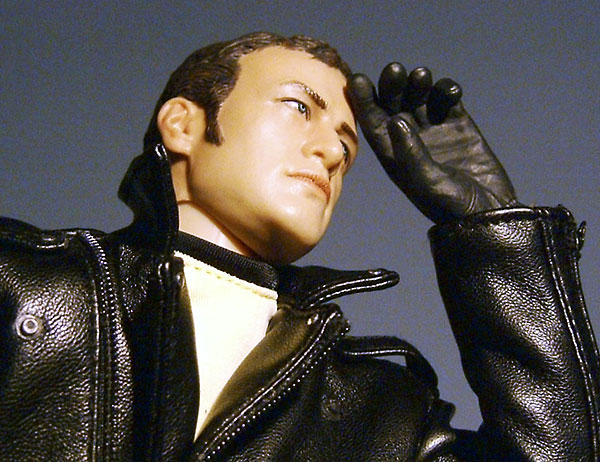Cate Blanchett might not be the first
actress you would picture playing Blanche DuBois, as she is doing in the
Sydney Theater Company’s production of “A Streetcar Named Desire” at
the Brooklyn Academy of Music this month. Blanche is over the hill;
Blanchett is at her peak. Blanche is brittle and lost; Blanchett seems
rooted and indestructible, maybe because of our memory of her
Oscar-nominated roles as the Queen of England in both “Elizabeth” and
“Elizabeth: The Golden Age” or her Oscar-winning performance as
Katherine Hepburn in “The Aviator” — or maybe just because of her high
cheekbones, which make her look as if she was born to be on the cover of
this month’s Vogue Magazine, even though she is there not as a model
but to accompany an article about how much she loves the theater.
If Blanche is afraid of bright lights because they will reveal her
true age, from the moment Blanchett walked on the stage, dressed
elegantly in white from head to toe, she seemed to…glow, as if light
existed to reveal her glamour.
Add to all this that Blanche is a Southern belle, born on a
plantation in Mississippi and escaping her past by moving in with her
sister Stella and Stella’s brutish husband Stanley in the very Southern
city of New Orleans, Louisiana. Blanchett is from Australia, and she’s
being directed by a Norwegian.

None
of these disparities matter a whit of course, least of all the last,
since the Norwegian in question is the great Liv Ullmann, the star of so
many of Igmar Bergman’s most remarkable films. However nightmarish the
marriage between Stella and Stanley, the theatrical pairing of Cate
Blanchett and Liv Ullman is one I would not have wanted to miss no
matter what alchemy actually occurred on the stage. I am clearly not
alone; the entire run long has been sold out.
The production that opened Tuesday night by Ullmann and the Sydney
(the Australian theater company that Blanchett serves as artistic
director with her husband) adds some lyrical touches that make us feel
as if we have entered an Edward Hopper-like landscape of loneliness.
There are blues songs, background flute music, the almost constant
silhouette of the upstairs neighbors behind window shades, a set with a
deserted feel and a weather-beaten look (which fits in well with the
modern-ruin architecture of the Harvey Theater in which the play is
being presented.) But the heart of this production is in making Blanche
the riveting center around which the other characters revolve.

Whether
by conscious choice or by quality of acting, this was not the case in
the original Broadway production, which opened 62 years ago — Tennessee
Williams’ second major hit play (after “The Glass Menagerie”) and Marlon
Brando’s sixth (and last) appearance on Broadway. Most to the point,
it was the play that made the then-23-year-old Brando a star, bringing
him to Hollywood, where he eventually appeared in the indelible 1951
filmed version of Streetcar. His performance as Stanley is often said to
have revolutionized acting in America. It is safe to say that Joel
Edgerton’s performance as Stanley in the current production does not
revolutionize acting in America, or even in Brooklyn. The animal is
there, but I didn’t see enough of the animal magnetism, which would
explain Stella’s attraction to Stanley and bring out the undercurrent of
sexual tension in his brutality towards Blanche, or at least make his
resentment towards her more understandable. Here he taunts her with
rude gestures, throws her radio out the window.
Thus Blanche here seems more victimized than self-destructive: We
excuse her lies (who isn’t a lush and a fallen woman these days?) , and
find her disheveled deterioration almost unwatchable – except of course
we must watch, because Cate Blanchett makes us pay attention, in a
performance so alive and real it feels painful.
It would not be possible for me to place Cate Blanchett’s Blanche in
any sort of hierarchy of Blanches. I wasn’t alive yet to see Jessica
Tandy in the original production; I imagine she was closer to a
fluttering bird than Blanchett’s expiring volcano. The role has beckoned
so many exquisite actresses — Vivien Leigh, Uta Hagen, Blythe Danner,
Jessica Lange, Patricia Clarkson, Natasha Richardson.
It is easier to place “A Streetcar Named Desire” in American
letters, to see how powerful Tennessee Williams’ play remains, able to
resist the leveling to which such a familiar work is subjected in our
popular culture. Sixteen years ago, another great play, Tony Kushner’s
“Angels in America,” made mincemeat of one of the most famous lines in
Williams’ play – one of the most famous lines in all American theater –
when one of his gay characters quotes it in self-conscious parody, but
also in all sincerity:
“I’m going now,” says the Mormon mother Hannah (played by Kathleen Chalfant on Broadway and Meryl Streep in the movie).
“You’ll come back,” the AIDS-ridden Prior Walter says.
“If I can,” Hannah says…
“Please do,” Prior says. “I have always depended on the kindness of strangers.”
“Well,” says Hannah, “
that’s a stupid thing to do” – getting the loudest laugh in the play.
Yet when Blanchett’s Blanche utters that line at the end of “A Streetcar
Named Desire,” 62 years after anybody anywhere uttered it on any stage,
it is just as devastating as it ever was.
Follow
New York Theater on Twitter
–
A Streetcar Named Desire by Tennessee Williams
at the Brooklyn Academy of Music’s Harvey Theater, 651 Fulton Street, through December 20, 2009.
Directed by Liv Ullmann
Set design by Ralph Myers, costume design by Tess Schofield, lighting design by Nick Schlieper, sound design by Paul Charlier
Cast:
Cate Blanchett as Blanche Dubois
Michael Denkha as Steve Hubbell
Jole Edgerton as Stanley Kowalski
Elaine Hudson as a strange woman
Gertraud Ingeborg as a Mexican woman
Morgan David Jones as a young collecor
Russell Kiefel as a strange man
Jason Klarwein as as Pablo Gonzales
Mandy McElhinney as Eunice Hubbell
Robin McLeavy as Sella Kowalski
Tim Richards as Mitch
Sara Zwangeobani as Rosetta
Running time: three hours, ten minutes with one intermission.
Ticket prices:
“Due to popular demand, tickets to A Streetcar Named Desire are sold out
to the general public, with the exception of a limited number of
partial view seats, available by calling BAM Ticket Services at
718.636.4100.
A limited number of front orchestra seats are available to Friends of
BAM at the Benefactor level ($1000) and up for Wednesday and Saturday
matinee performances only. To become a Benefactor, call Patron Services
at 718.636.4182.”
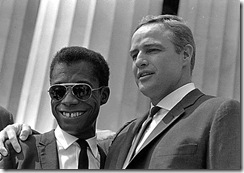 James
Baldwin published “A Talk to Teachers” in The Saturday Review of Dec.
21, 1961. The essay was originally delivered as an address in New York
City on Oct. 16, 1963, titled “The Negro Child: His Self-Image.” It is
reprinted in Baldwin’s Collected Essays in The Library of America (pp.
678-86).
James
Baldwin published “A Talk to Teachers” in The Saturday Review of Dec.
21, 1961. The essay was originally delivered as an address in New York
City on Oct. 16, 1963, titled “The Negro Child: His Self-Image.” It is
reprinted in Baldwin’s Collected Essays in The Library of America (pp.
678-86).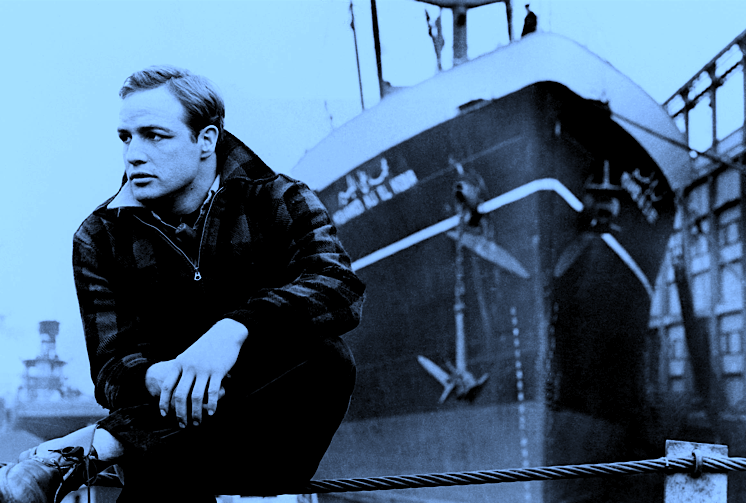
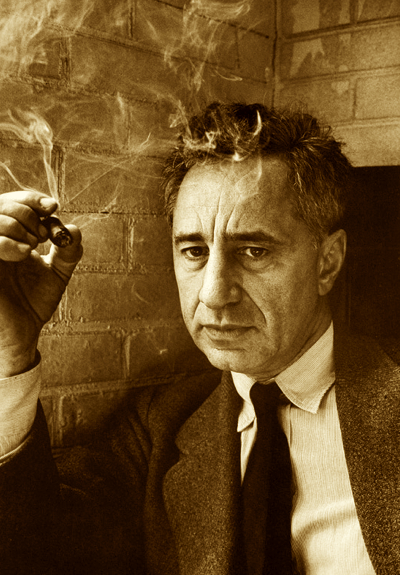
























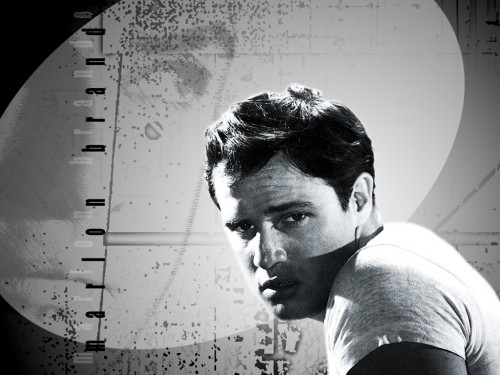



 None
of these disparities matter a whit of course, least of all the last,
since the Norwegian in question is the great Liv Ullmann, the star of so
many of Igmar Bergman’s most remarkable films. However nightmarish the
marriage between Stella and Stanley, the theatrical pairing of Cate
Blanchett and Liv Ullman is one I would not have wanted to miss no
matter what alchemy actually occurred on the stage. I am clearly not
alone; the entire run long has been sold out.
None
of these disparities matter a whit of course, least of all the last,
since the Norwegian in question is the great Liv Ullmann, the star of so
many of Igmar Bergman’s most remarkable films. However nightmarish the
marriage between Stella and Stanley, the theatrical pairing of Cate
Blanchett and Liv Ullman is one I would not have wanted to miss no
matter what alchemy actually occurred on the stage. I am clearly not
alone; the entire run long has been sold out. Whether
by conscious choice or by quality of acting, this was not the case in
the original Broadway production, which opened 62 years ago — Tennessee
Williams’ second major hit play (after “The Glass Menagerie”) and Marlon
Brando’s sixth (and last) appearance on Broadway. Most to the point,
it was the play that made the then-23-year-old Brando a star, bringing
him to Hollywood, where he eventually appeared in the indelible 1951
filmed version of Streetcar. His performance as Stanley is often said to
have revolutionized acting in America. It is safe to say that Joel
Edgerton’s performance as Stanley in the current production does not
revolutionize acting in America, or even in Brooklyn. The animal is
there, but I didn’t see enough of the animal magnetism, which would
explain Stella’s attraction to Stanley and bring out the undercurrent of
sexual tension in his brutality towards Blanche, or at least make his
resentment towards her more understandable. Here he taunts her with
rude gestures, throws her radio out the window.
Whether
by conscious choice or by quality of acting, this was not the case in
the original Broadway production, which opened 62 years ago — Tennessee
Williams’ second major hit play (after “The Glass Menagerie”) and Marlon
Brando’s sixth (and last) appearance on Broadway. Most to the point,
it was the play that made the then-23-year-old Brando a star, bringing
him to Hollywood, where he eventually appeared in the indelible 1951
filmed version of Streetcar. His performance as Stanley is often said to
have revolutionized acting in America. It is safe to say that Joel
Edgerton’s performance as Stanley in the current production does not
revolutionize acting in America, or even in Brooklyn. The animal is
there, but I didn’t see enough of the animal magnetism, which would
explain Stella’s attraction to Stanley and bring out the undercurrent of
sexual tension in his brutality towards Blanche, or at least make his
resentment towards her more understandable. Here he taunts her with
rude gestures, throws her radio out the window.